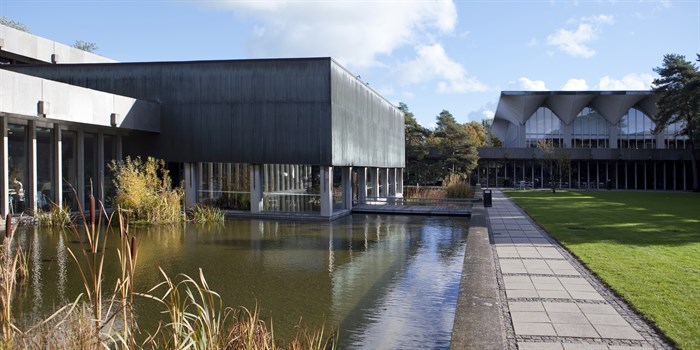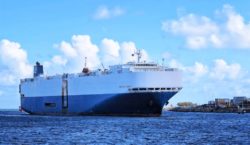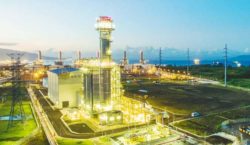
Big shipping companies like Danish Maersk emit loads of CO2 every year in their work of transporting goods worldwide. Because of the vast areas that big container ships cross on their journeys, most of their emissions happen in international waters. It is therefore a problem when countries like Denmark only address the goal of decreasing pollution in their own waters.
This problem has been pointed out by the Danish university DTU which is now starting up a bilateral research program on green fuel with the Singaporean university Nanyang Technological University, India Education Diary writes. They believe that stopping global pollution will take collaboration and knowledge sharing among countries as well as industries.
“Singapore is extremely interesting. It is a large maritime nation, and most shipping companies operating globally have offices in Singapore. On top of this, Singapore has high ambitions, while also leading the way in innovation. So our competencies go well together,” says Head of Maritime DTU Mette Sanne Hansen.
DTU has now established two Ph.D. projects to find green fuel solutions for the shipping industry. The key in the first of the research projects is to find a fuel alternative that is sustainable in all respects.
“The whole process must be sustainable. The extraction of the fuels, their use, and getting rid of them again. The working conditions under which fuels are produced must also be sustainable. They must not be explosives, but capable of being handled safely to prevent accidents. So in that sense also, sustainability must permeate the entire system,” explains Mette Sanne Hansen.
This project is being done at the DTU Environment department.
The other project at DTU – which is being launched at DTU Mechanical Engineering – is focusing on developing an engine that can run on green fuel.
“Our approach is experimental. So we have an optical engine, which is partly made of glass, so we can look at the combustion while it is happening. In addition, we can use measuring equipment to measure the emissions, and based on the data obtained we can determine what works, and what does not work,” explains Professor Anders Erlandsson from DTU Mechanical Engineering, who will be supervising the Ph.D. project.





